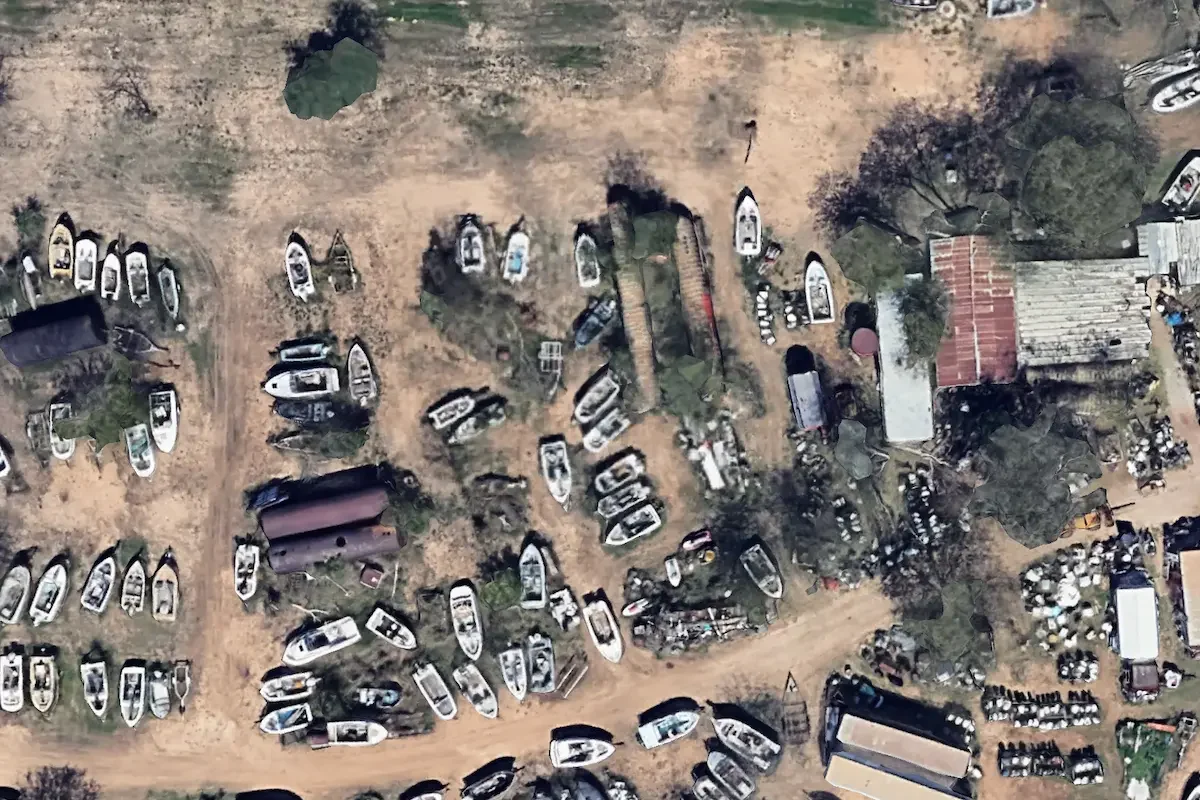The phonetic alphabet, also known as the International Radiotelephony Spelling Alphabet, is a system of phonetic notation used to convey letters, numbers, and other symbols over communication channels that may have poor signal quality or be subject to interference. This article focuses on the letter “P” in the phonetic alphabet and its importance in various fields.
The Importance of the Letter “P” in the Phonetic Alphabet
The phonetic alphabet is a system of phonetic notation used to convey letters, numbers, and other symbols over communication channels that may have poor signal quality or be subject to interference. It is a standardized system that uses specific words to represent individual letters of the alphabet, making it easier for people to communicate across different languages and dialects.
The letter “P” is an essential component of the phonetic alphabet and has a significant impact on various fields, including military, aviation, emergency services, and commercial operations.
The origins of the phonetic alphabet can be traced back to the International Radiotelegraph Convention of 1912, where the International Morse code was established as the standard means of communication. Over the years, the phonetic alphabet has evolved and developed, with new words being added to the system to ensure effective communication.
The letter “P” in the phonetic alphabet is represented by the word “Papa.” The pronunciation of the word “Papa” may vary slightly in different languages, but its overall sound remains consistent. In English, “Papa” is pronounced as “pah-pah.” In French, it is pronounced as “pah-pah” or “pa-pa,” while in Spanish, it is pronounced as “pah-pah” or “pa-pa.”
In military operations, the phonetic alphabet is crucial for effective communication, especially in situations where radio communication may be disrupted or jammed. The letter “P” is often used to represent important military terms such as “position,” “patrol,” and “parachute.” In aviation, the phonetic alphabet is used to convey vital information such as flight numbers, altitudes, and directions. The letter “P” is often used to represent important aviation terms such as “pilot,” “position,” and “landing pattern.”
In emergency situations, the phonetic alphabet is used by emergency services personnel to ensure effective communication with each other and with the public. The letter “P” is often used to represent important emergency terms such as “police,” “paramedic,” and “fire department.”
In commercial operations, the phonetic alphabet is used to ensure effective communication between businesses and their clients. The letter “P” is often used to represent important commercial terms such as “product,” “price,” and “purchase.”
In linguistics, the letter “P” is significant as it is used in phonology and phonetics. It is a bilabial consonant, which means it is pronounced by closing both lips together. The letter “P” is also important in the study of acoustic phonetics, where it is used to represent the sound wave patterns produced by the lips when pronouncing the letter.

The P Signal in Sailboat Racing
In sailboat racing, the P signal is used to indicate a premature start. The P flag is raised with one sound signal at the start of the preparatory signal sequence, which indicates that any boat starting before the start signal will be disqualified.
The purpose of the P signal is to ensure that all boats start the race on an equal footing and to prevent any boat from gaining an unfair advantage by starting early. The use of the P signal is a fundamental part of the racing rules, and failure to observe it can result in disqualification from the race.
The P signal is just one of many signals used in sailboat racing to ensure fair play and competition. The use of these signals is essential for effective communication between race officials and competitors, and their consistent use helps to ensure that all boats have an equal chance of winning.
The P signal is an important component of sailboat racing and is used to ensure that all boats start the race on an equal footing. Its consistent use is essential for effective communication between race officials and competitors, and its importance cannot be overstated in ensuring fair play and competition.
The letter “P” is an essential component of the phonetic alphabet and has significant importance in various fields, including military, aviation, emergency services, commercial operations, and linguistics. Its consistent pronunciation and use of specific words to represent individual letters make it a valuable tool for effective communication across different languages and dialects. The letter “P” plays a vital role in conveying important information, whether it is in a military operation, emergency situation, or commercial transaction.
Signal Flag P Papa in the Merchant Fleet
Signal flag P Papa is commonly used in the merchant fleet to indicate that a vessel is carrying hazardous cargo, including explosives, flammable liquids, or toxic substances, or that it is about to sail. The P Papa signal flag is flown from the masthead of the vessel and is accompanied by a red flag flown from the starboard yardarm to indicate the presence of dangerous cargo.
The International Code of Signals lists “All persons should report on board as the vessel is about to proceed to sea” as the meaning of P Papa, but other interpretations of this signal flag exist. For example, the US/Russia Supplementary Signals for Naval Vessels include Papa Papa 8 or PP 8 as meaning “Dangerous operations in progress. Request you remain clear of the hazard which is in the direction from me as indicated.”
In the context of the merchant fleet, the International Maritime Organization’s use of the signal flag P Papa to indicate the hazardous cargo is the commonly accepted meaning. This signal flag is essential for effective communication and the safety of vessels and crew members. It serves as a warning signal to other vessels to keep clear of the area and to take necessary precautions to avoid any potential dangers.
In addition to its use in the merchant fleet, P Papa is also used in other contexts, such as the NATO phonetic alphabet and sailboat racing. The P flag is used as a preparatory signal in sailboat racing, indicating that a race will start in approximately four minutes.
In conclusion, the consistent use of the signal flag P Papa is essential for effective communication and the safety of vessels and crew members in the merchant fleet. While different interpretations of the signal flag exist, the International Maritime Organization’s use of P Papa to indicate hazardous cargo is the commonly accepted meaning in the merchant fleet.
- 10 Boat Salvage Yards in California – January 25, 2025
- 13 Boat Salvage Yards in Texas – January 18, 2025
- 7 Boat Salvage Yards in Michigan – January 15, 2025



